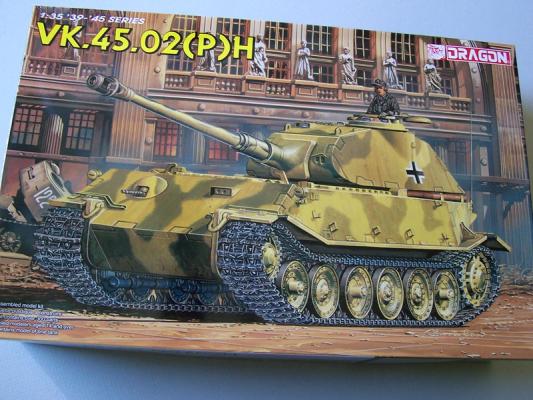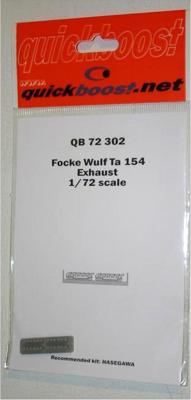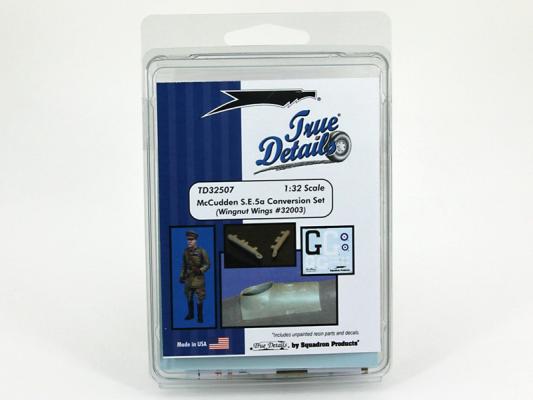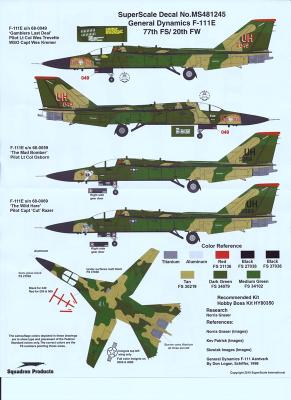History and Performance
The references I used for this review include Panzer Tracts No 20-1, Paper Panzers, and Germany’s Tiger Tanks VK 45.02 to Tiger II.
The production contract to build these vehicles had been awarded in February 1942. The subject vehicle for this review never made it to full production. Several turrets and hulls were completed, but because of significant problems with the Porsche designed and built engines and suspension the contracts for the production series were terminated in November 1942. The fifty turrets manufactured for this vehicle eventually were used on the first 50 Tiger II tanks, and were known as the “Porsche“turrets...















